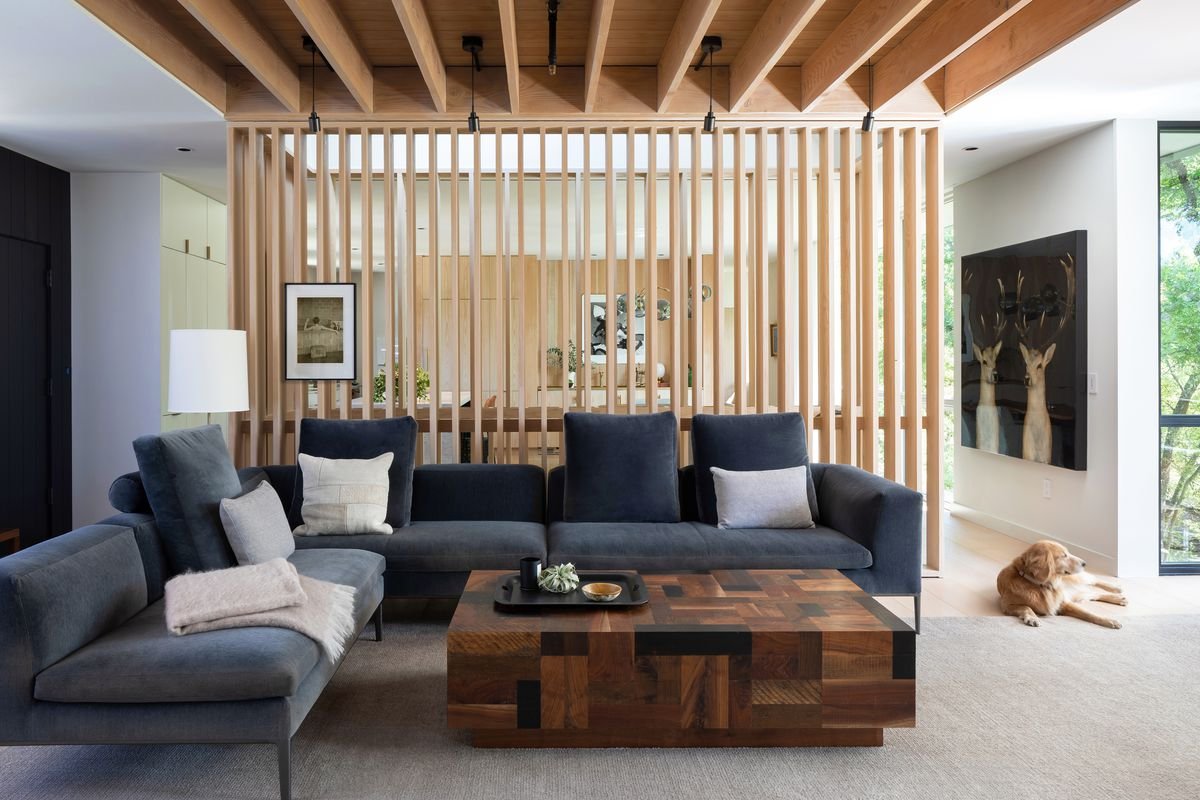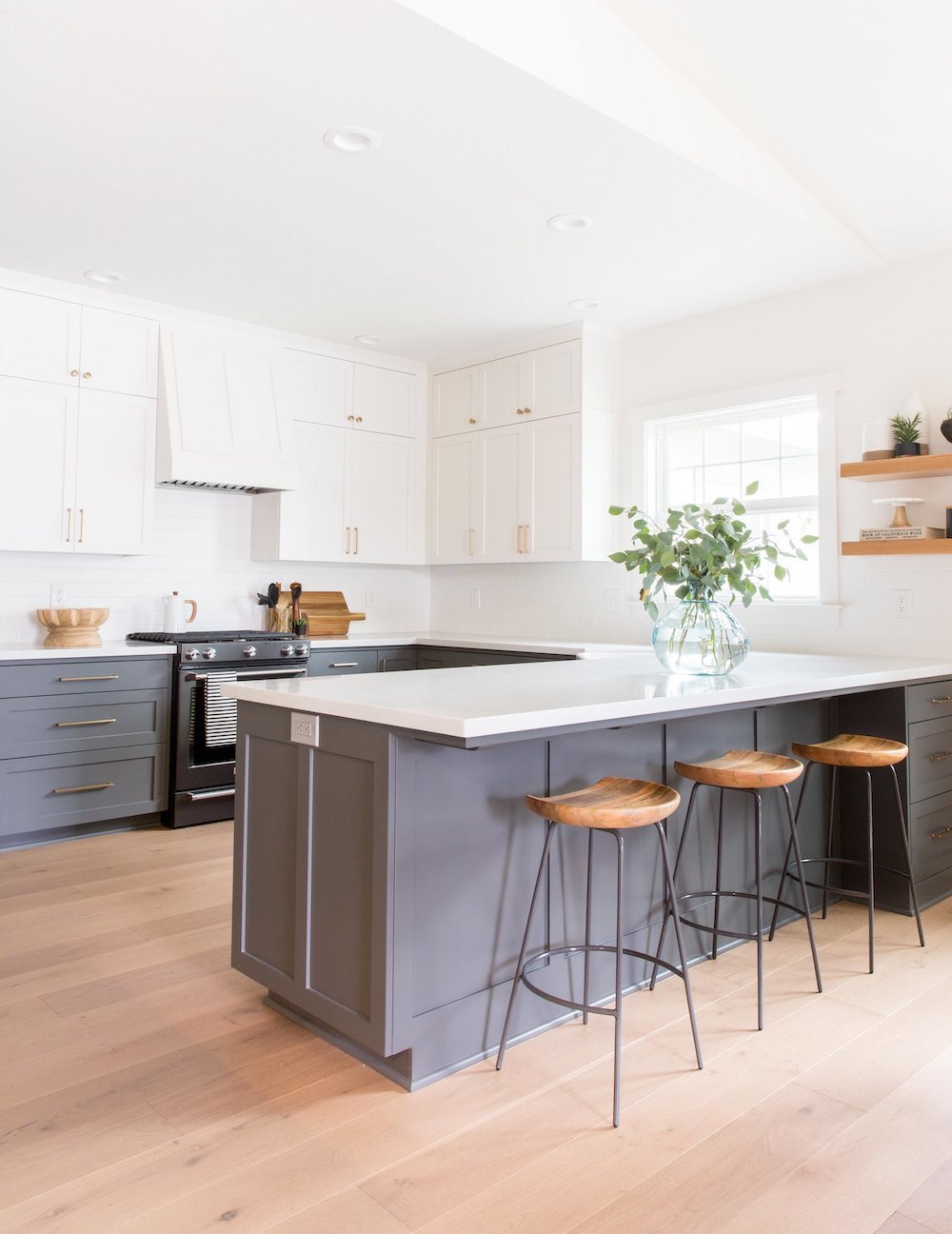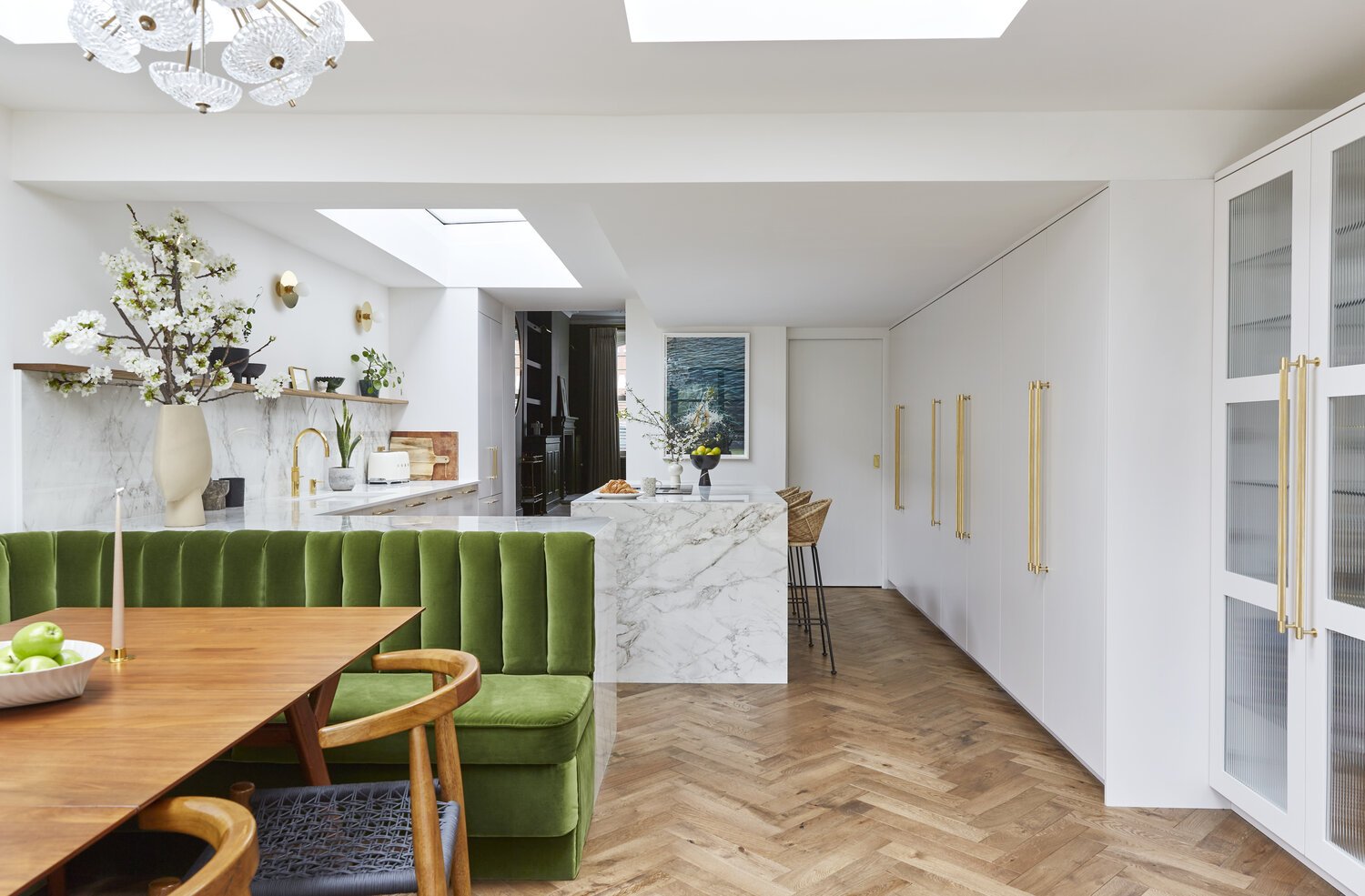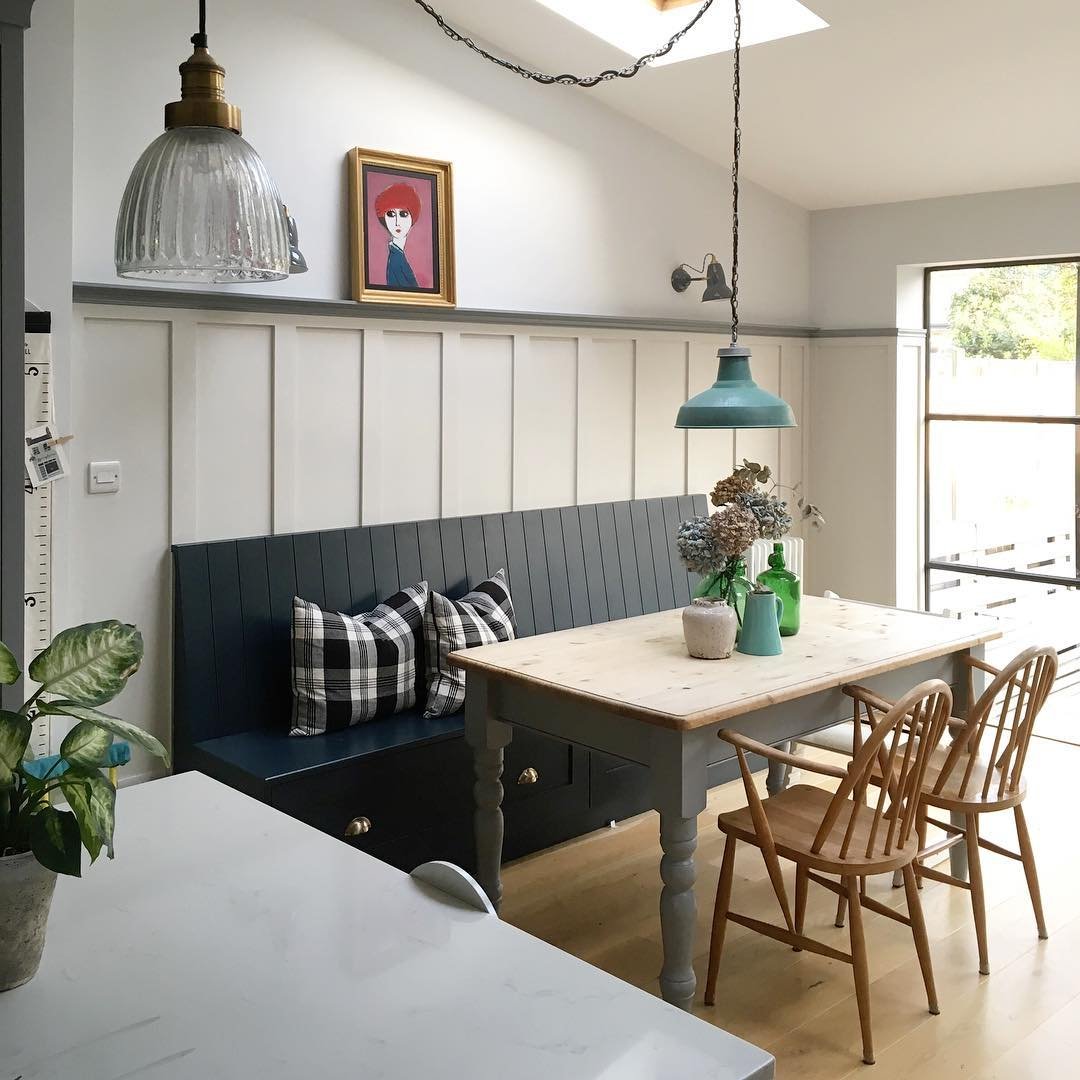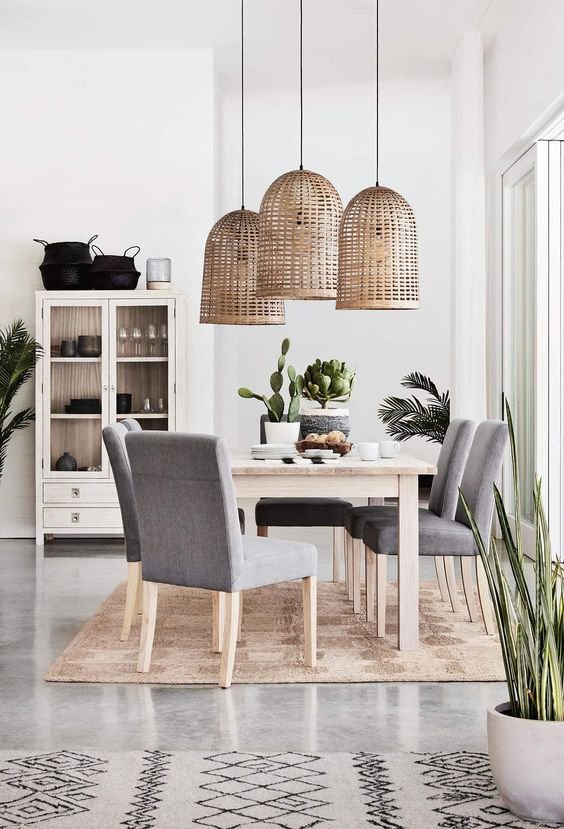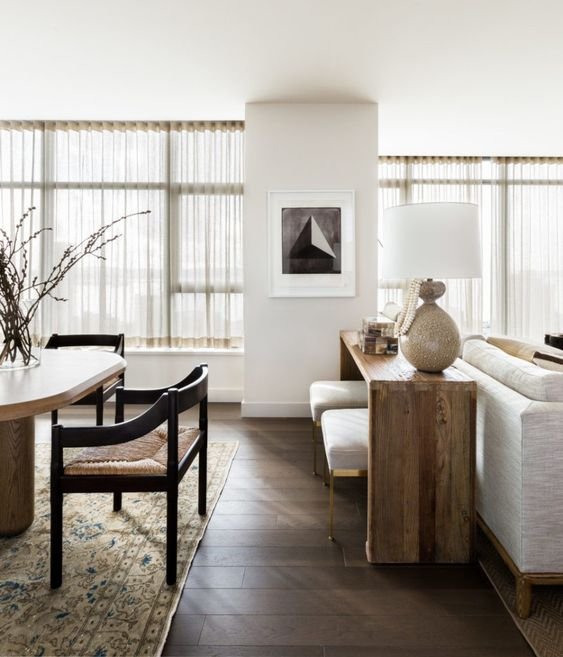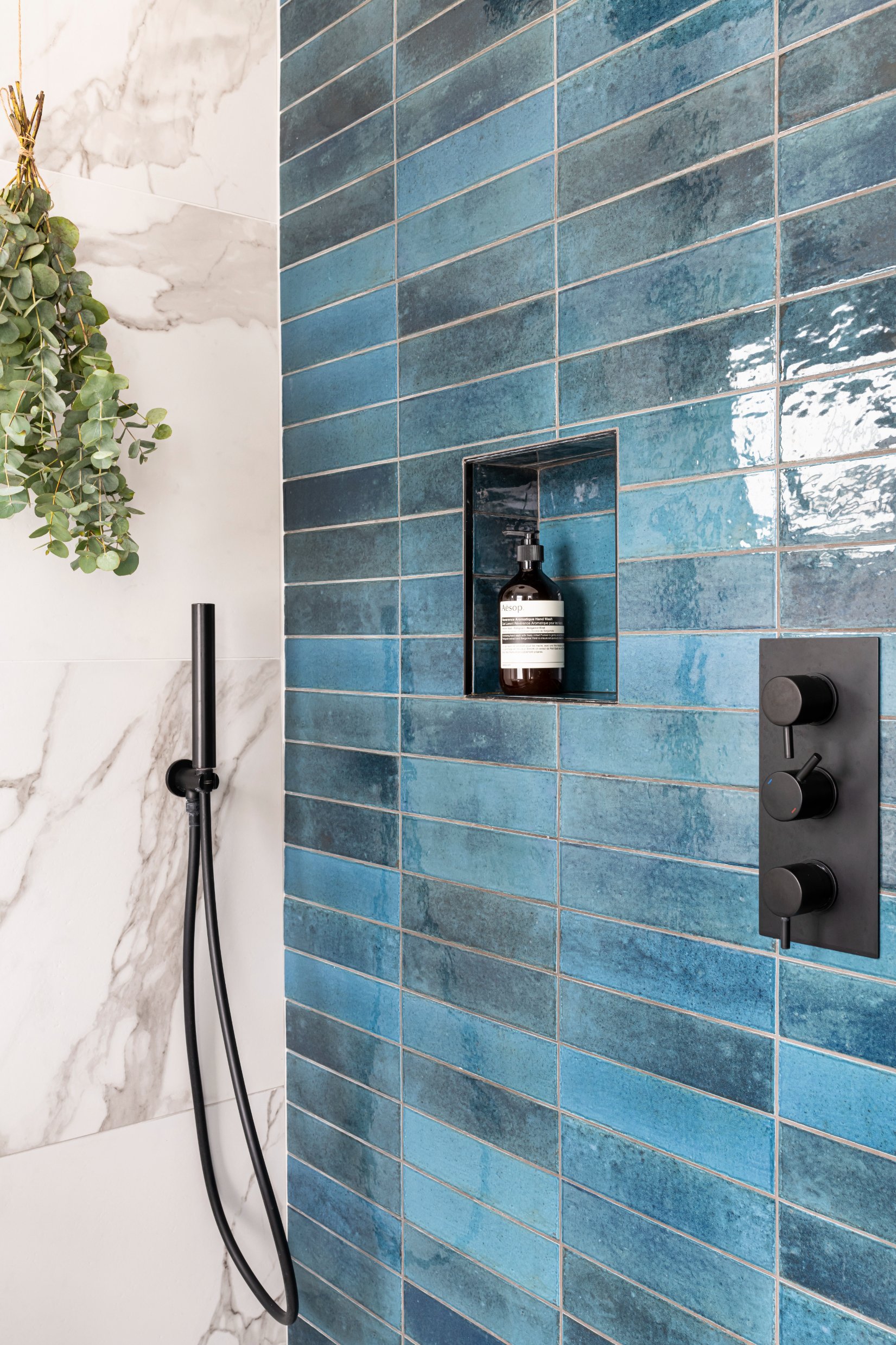10 ways to zone an open plan space
Open plan living is hugely popular and for good reason; they are large, bright and light spaces, which are great for socialising and spending time together as a family.
Whilst it can work very well in certain scenarios, a family trying to share one room for different purposes can also be challenging - one of you is trying to cook while the other is WFH from the dining table, there’s a teenager wanting to watch TV in the corner, and another kid doing some homework whilst listening to music on the kitchen island. Quickly the open plan dream can become a pain.
This is where “broken plan living” comes in - which is essentially taking a large open plan space, and breaking it into smaller rooms, or zones, without physically building any walls. Here are 10 ways in which you can achieve this in your open plan space.
1. A shelving unit
Firstly, there are a few ways of mimicking the idea of walls without actually building them. Rather than constructing a solid wall, a tall double-sided shelf (or a room divider bookcase) provides the same sort of visual separation whilst still allowing light to travel around the space. It also provides some space for styling decorative objects, books and storage.
2. Wood panels or slats
Via Classy55
Another way of introducing a “wall” whilst still keeping all the benefits of an open plan space is a slat panel divider, a style which is very popular at the moment. A relatively quick and easy thing to install - an added bonus is that the vertical lines will make the the room appear taller.
3. A Crittall glass partition
Via Glass at Work
A Crittall style glass partition (or even a plain glass partition) will still allow all the light to flood through your space, as well as maintain the other benefits of open plan living whilst helping to visually separate zones within the space.
4. Kitchen peninsula
Anything that breaks through an open plan room horizontally will help to mark out a space - whether that’s a tall partition wall or simply some furniture. If you’re planning a kitchen renovation, a peninsula helps to define the kitchen zone, especially if you add bar seating where the backs of the chairs face the rest of the room.
5. Banquette seating
Similarly to a kitchen peninsula - adding in some built-in banquette seating is a great way to zone your eating space.
6. A modular sofa
Corner sofa from Soho Home
A corner sofa is a great way to corner off part of a room, and by facing it away from the other zones it’ll become its own separate living area.
7. Zone lighting
From Love Renovate
Lighting is absolutely key for helping to create separate zones with in a space. Being able to switch on lights in one area whilst keeping them off elsewhere helps to create a more intimate and cosy atmosphere within a large room.
Different tasks require different types of lighting, so think about what you’ll need from each zone and plan accordingly.
8. Large rugs
Physically marking out zones using rugs on the floor is a very simple way of visually separating a large open space, as well as grounding and grouping the surrounding furniture.
9. Flooring
If you’re renovating, it might be worth thinking about the flooring and whether you want it to flow continuously throughout the space or not. If the space is large enough, transitioning from one type of flooring to another is a way of creating separate spaces within a room without building any walls.
10. Furniture positioning
Design by Cassandra LaValle
Finally, a bit of clever furniture positioning can help. For example, in a small room you might have something like a sideboard or console table up against a wall. You can take this idea and instead of a wall, use the back of another piece of furniture as your wall - like in the example above. The result feels like 2 rooms within one space.
If you’d like my help with your next project, check out my services to see how we can work together. If you’ve enjoyed this blog, don’t forget to subscribe below to receive my new post in your inbox every Sunday.



